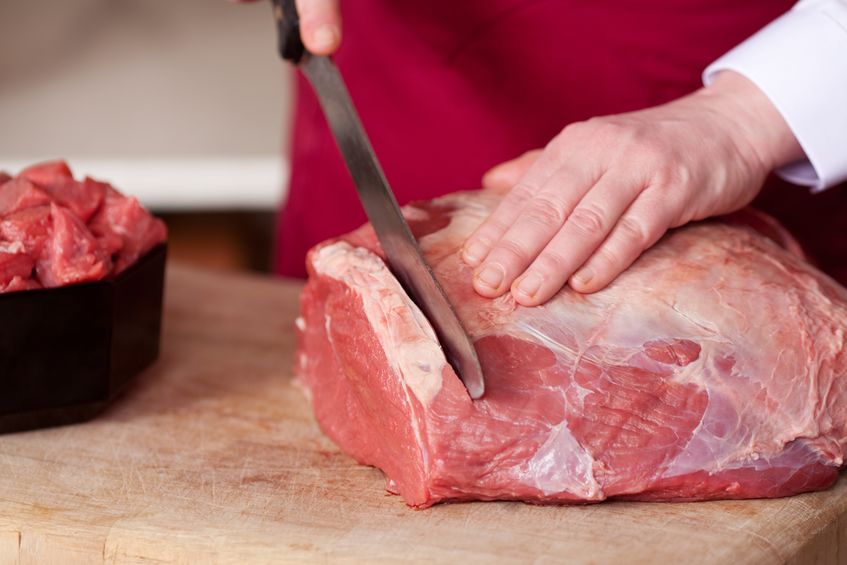How to Care For Different Kitchen Knives
Whether you are a butcher or a home cook, the same goes for you. That is, unless, you are fine with accidentally ruining a good piece of meat because of a dull knife, causing a bit of food poisoning due to a rusty knife, or generally just making your kitchen accident prone
We’ll let you in on some facts about the different types of knives and how to take care of them.
The Different Types of Knives and How to Take Care of Them
Types of Kitchen Knives
These are some of the most common knives that you should have in your kitchen for just about whatever cutting and slicing you have to do, from bread, to vegetables, to meat.
- Bread Knives- these are long, serrated blades with an offset handle used to cut through crispy crusts without crumbling the bread into pieces
- Chef Knives- these are perhaps the most common knives found in every kitchen, have wide, tapering blades, and can be used for most tasks such as cutting, slicing, chopping, and mincing
- Boning Knives- these are available in many different options, from long to short, and flexible to stiff, and are all designed to cleanly separate meat from the bone
- Butcher Knives- these are slightly curvy knives with granton edges to break down meat into different cuts and even trim fat and silverskin
- Cleavers- these are big, long, knives with wide and thin blades, that, despite the intimidating appearance, are mostly used to chop and slice meat, and also cut up vegetables
- Paring Knives- these are short bladed knives designed for delicate tasks such as peeling vegetables, chopping fruits, deveining shrimp, and cutting cheese
- Slicing Knives- these ones feature long, straight blades with curved ends, and are designed especially for cooked meats such as hams, turkeys, and steaks
- Utility Knives- these are slightly longer than paring knives and have scalloped edges perfect for slicing fruits and vegetables
Aside from these common kitchen knives, there are also a lot of specialty knives for various purposes such as slicing cheese, preparing sushi and sashimi, shucking oysters, and so on, but most are for butchery.
There are breaking knives and cimeter knives for breaking large meat into smaller pieces as well as trimming off fat, while flank and shoulder knives are specially designed to cut precise flank steaks. Meat carving knives are also available to handle cooked meats.
Taking Care of Your Knives
A knife is basically a piece of stainless steel blade with a handle that is made out of either wood, plastic, or steel. It is important to ensure that these two are always intact, and that the blade is always sharp.
To preserve the structural integrity of your knives, the best practice is to use them for the purpose they were designed to be used. Not doing so can not only ruin your food prep, but break the blade, or make it come loose from its handle.
That said, knives should be washed regularly (by hand, not through the dishwasher) with warm, soapy water, then dried thoroughly and air dried to avoid rusting.
When it comes to storing your knives, try to avoid using a knife block. That’s just a bad recipe for moisture, dirt, and mold buildup. Even though your knife may not be showing signs of rust, the insides of the handle can be slowly decaying and you are none the wiser. Magnetic knife holders or knife racks are better for safe storage.
It should also be sharpened regularly with a good quality sharpening stone or knife sharpener. Remember, a sharp knife is safer and works better than a dull one, and makes your food better, too.

